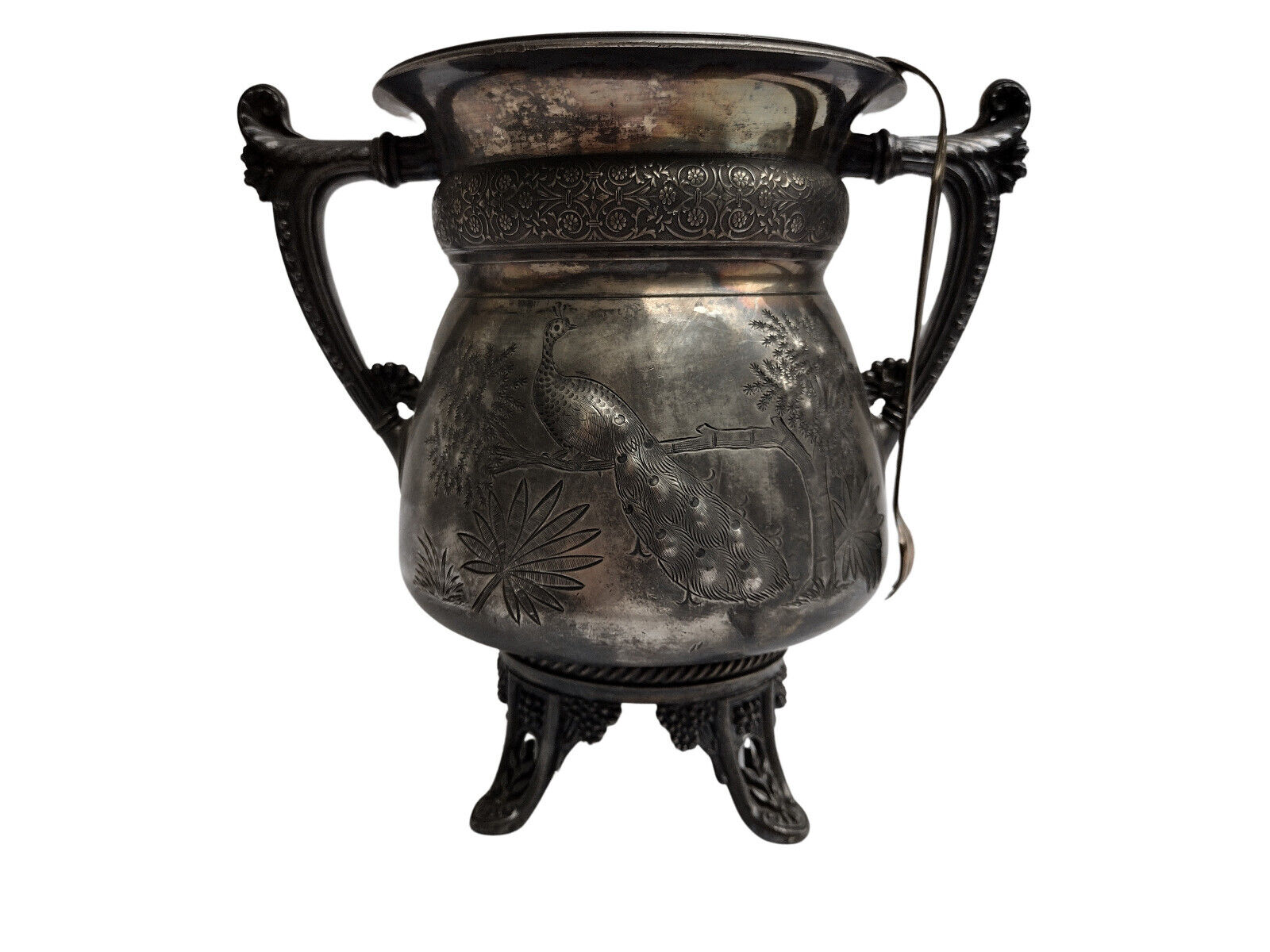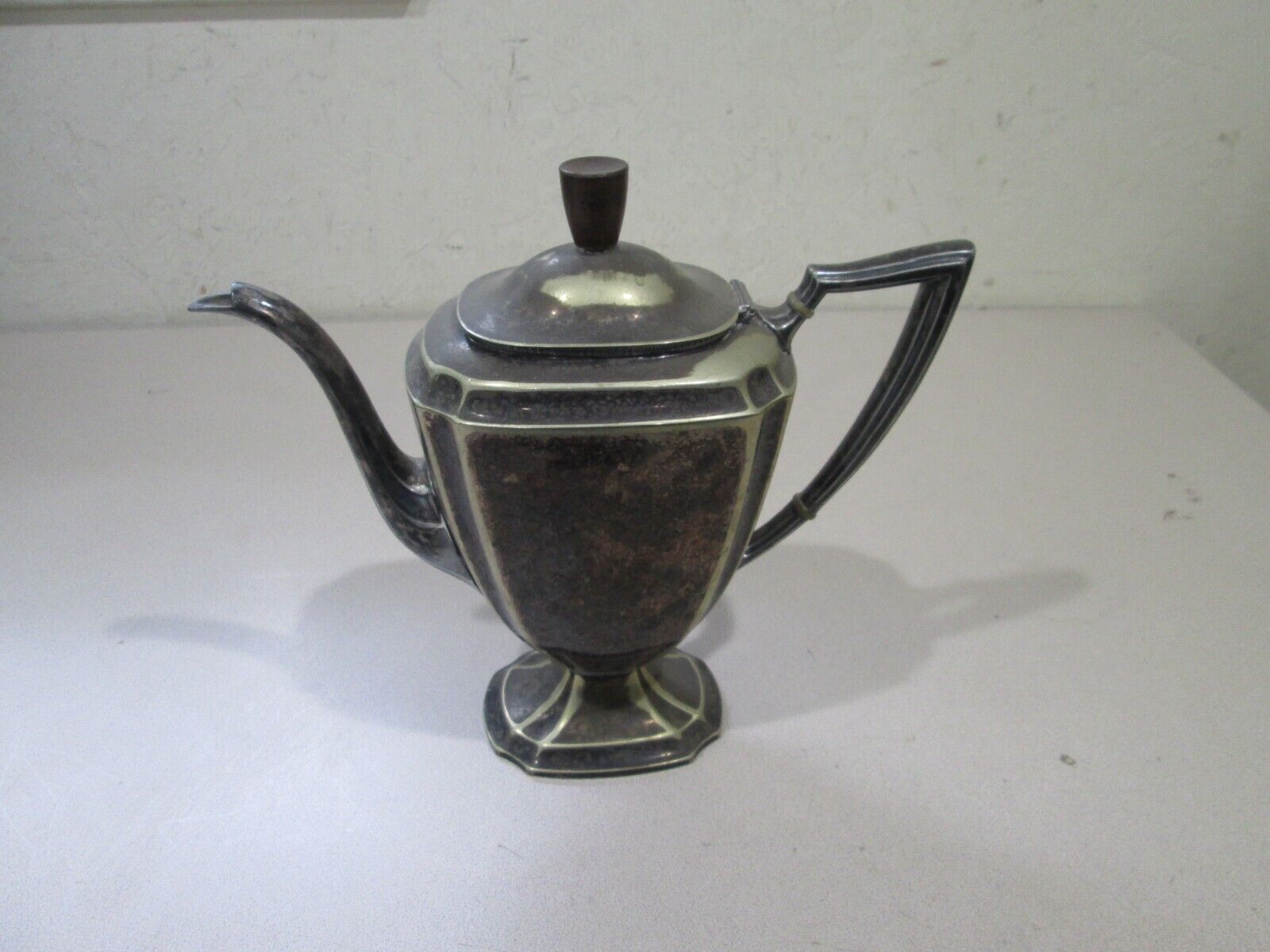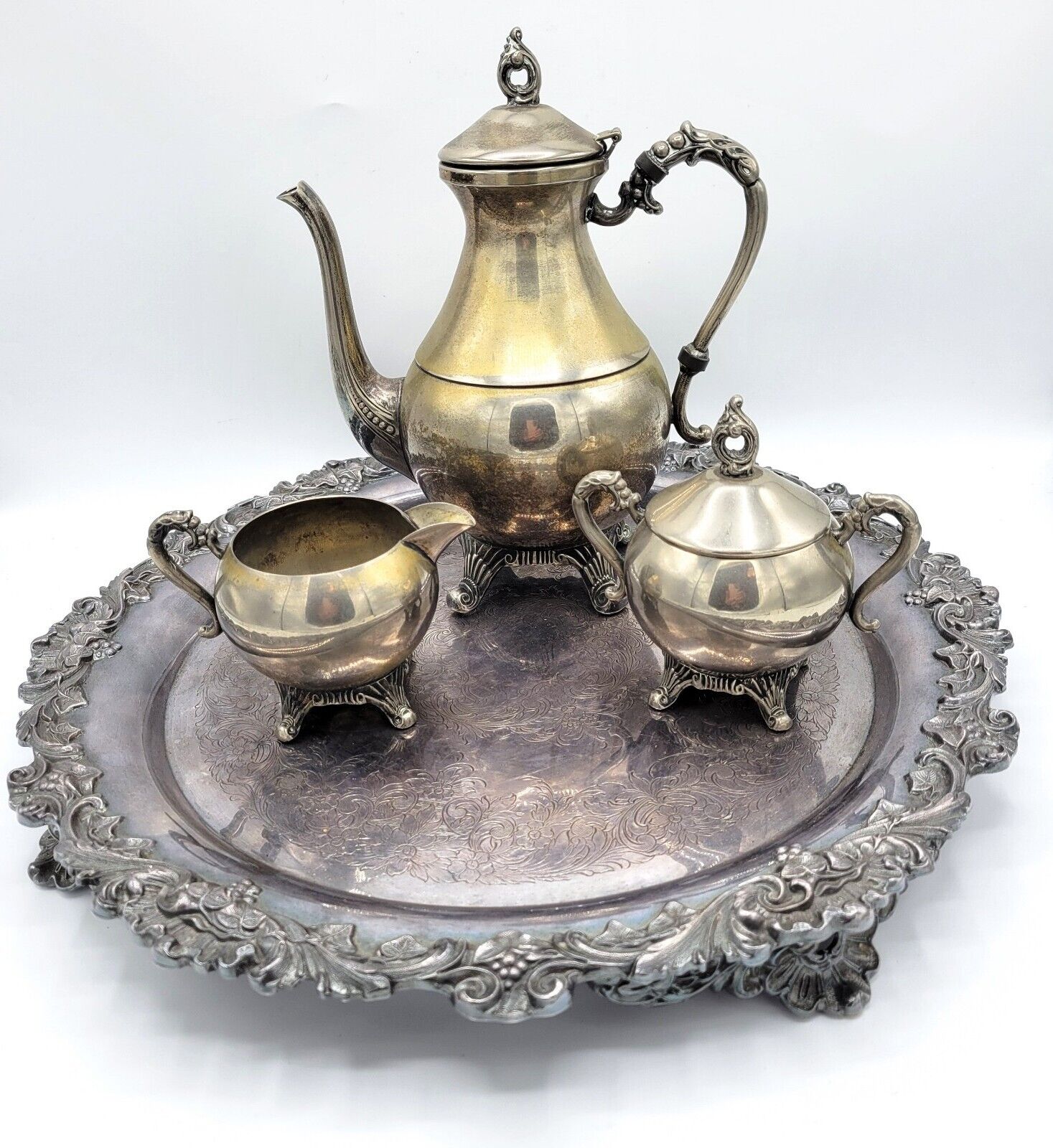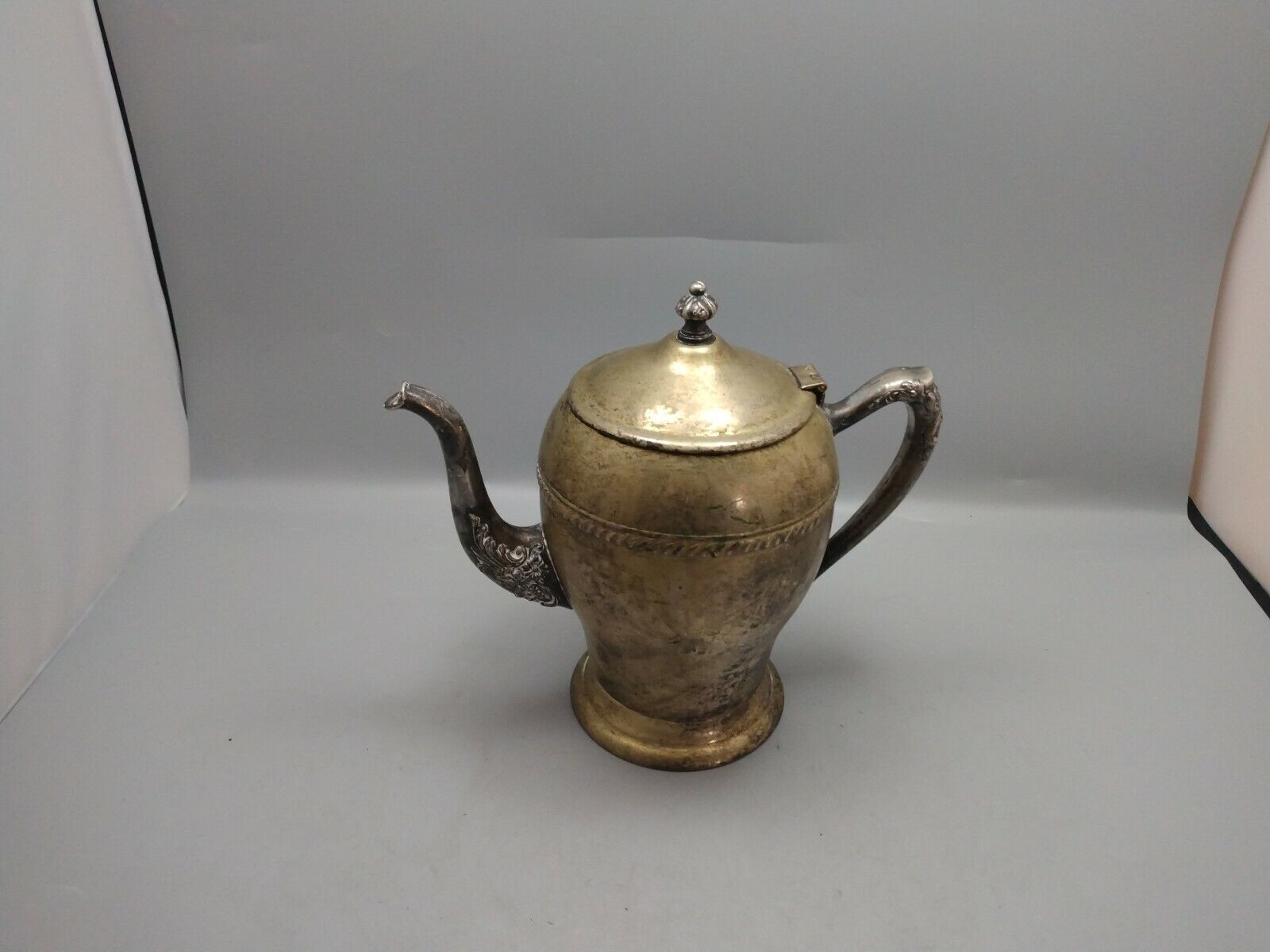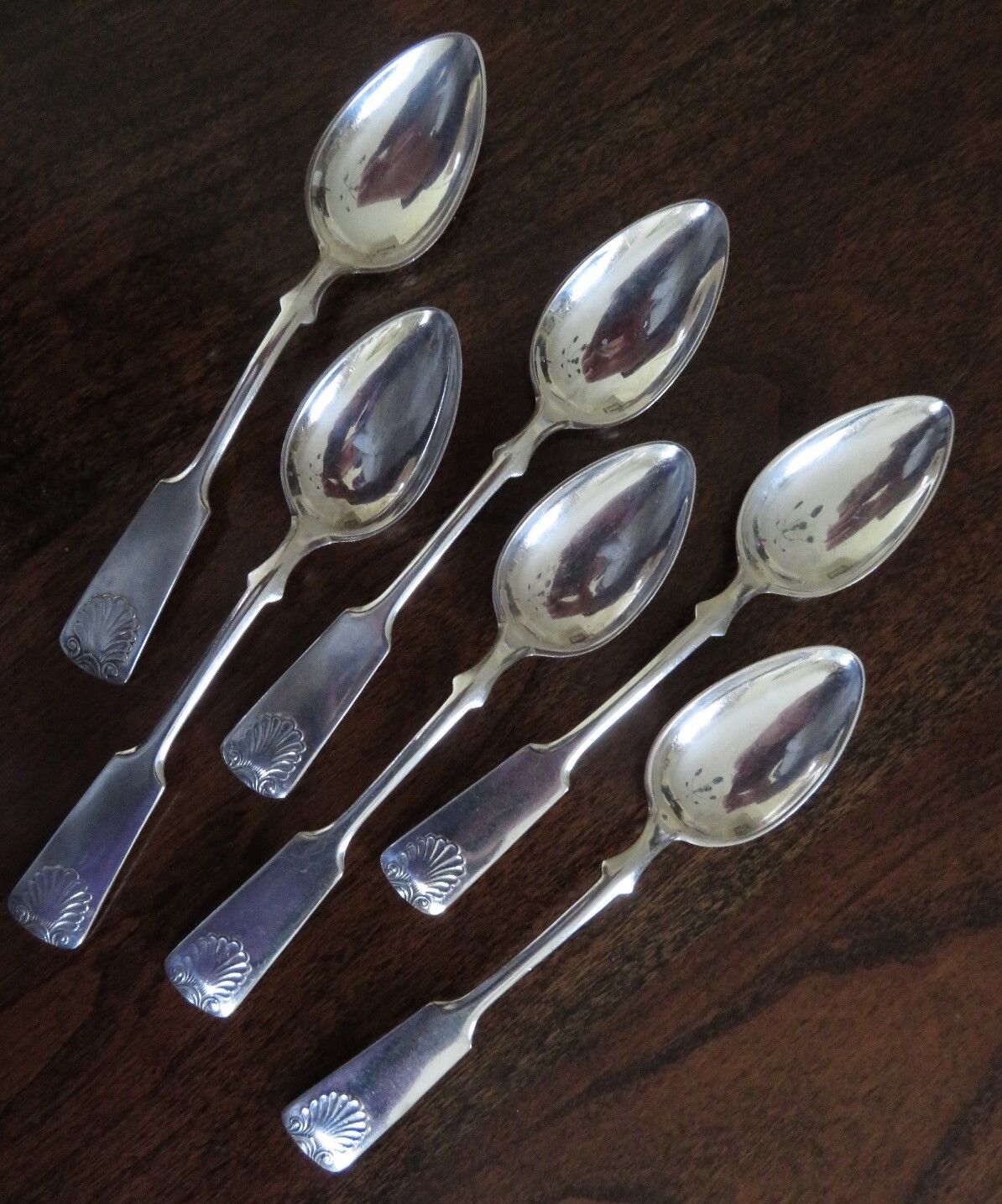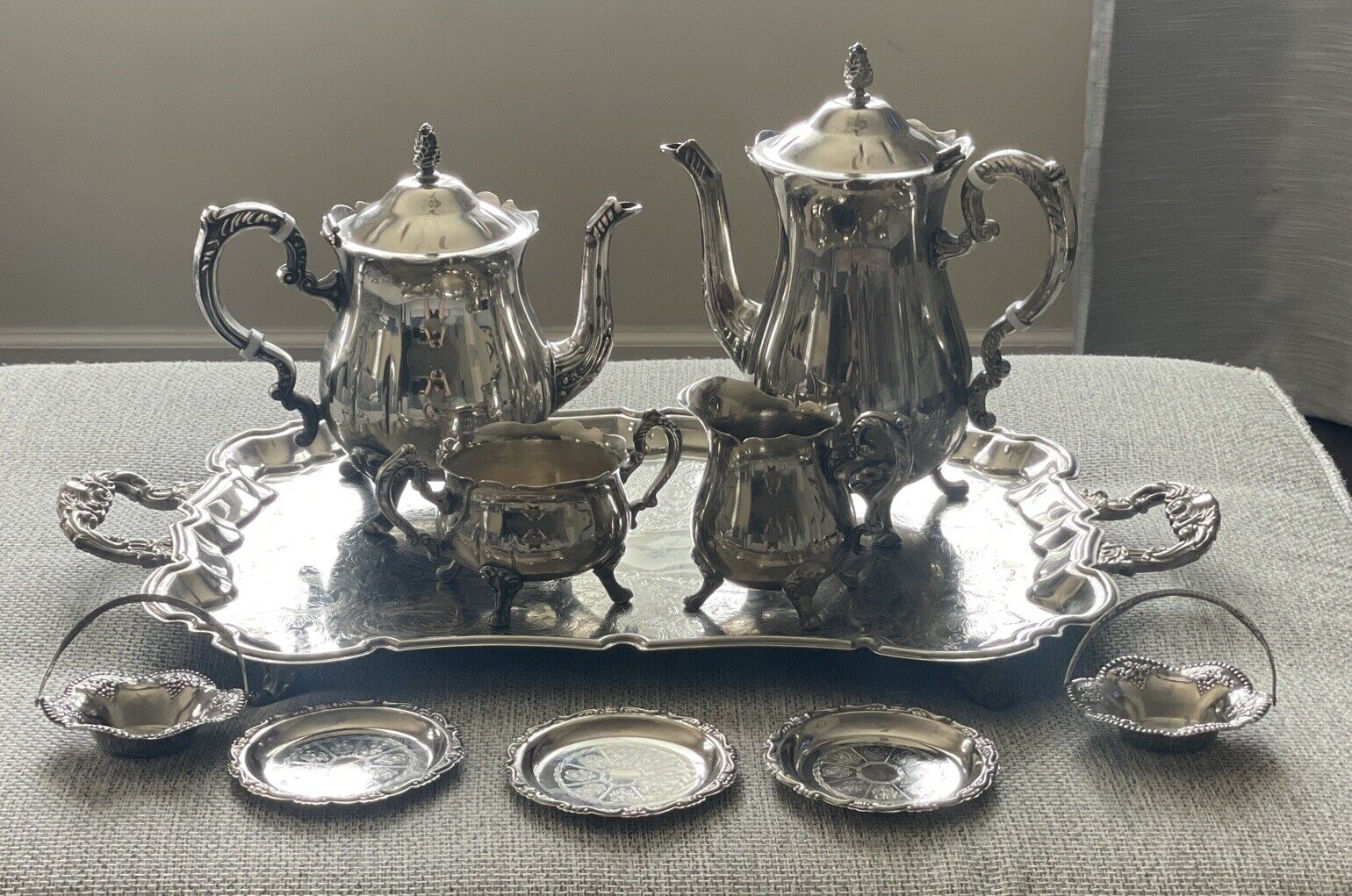-40%
Best Sheffield- Antique - Silver-plated - Repousse - Deep Engraved Teapot
$ 34.32
- Description
- Size Guide
Description
Best Sheffield- Antique - Silver-plated - Repousse - Deep Engraved TeapotHere is another submission from “The Field Collection” on eBay, with over 100 high-quality Sterling Silver, Silver Plate, and Pewter finds.
The Field Family plaques, trophies, and loving cups are now available for purchase in many shapes, sizes, and grades. These, along with Field family heirlooms, are all being offered to the public.
Stay Tuned on the Unkyan Finds Estate Sales eBay account. We are currently managing the Bertram Backstrom Collection, the Dr. Jan Figley Estate, and assorted family memorabilia & collectables.
Our pictures of the actual items are not altered or filtered to hide flaws, so please use these photos as part of the description. Many of our articles have some typical signs of use, such as light surface scratches, polish residue, and possible tarnish. Most of our things are vintage and antique, which are used or aged. Many of our articles have not been polished and retain their original patina. Items are sold "as is."
Please ask all questions through the eBay messaging system before purchasing. We do not communicate outside of eBay communications channels.
If requested, we use USPS and third-party shipping insurance.
#SterlingSilver #Silver #Plate #Pewter #EnglishSilverMfgCorp #MadeInUSA #SilverPlate #ServingBowl #FieldFamilyEstate #yachting #plaques #trophies #LovingCups #heirlooms #Unkyan #BertramBackstromCollection #DrJanFigleyEstate #memorabilia #vintage #Antique
Internet Research
Repoussé and chasing
From Wikipedia, the free encyclopedia
https://en.wikipedia.org/wiki/Repouss%C3%A9_and_chasing
Repoussé (French: [ʁəpuse] (About this soundlisten)) or repoussage ([ʁəpusaʒ] (About this soundlisten)) is a metalworking technique in which a malleable metal is shaped by hammering from the reverse side to create a design in low relief. Chasing or embossing is a similar technique in which the piece is hammered on the front side, sinking the metal. The two techniques are often used in conjunction.
Many metals can be used for chasing and repoussé work, including gold, silver, copper, and alloys such as steel, bronze, and pewter.
These techniques are very ancient and have been extensively used all over the world, as they require only the simplest tools and materials, and yet allow great diversity of expression. They are also relatively economical, since there is no loss or waste of metal, which mostly retains its original size and thickness. Toolmarks are often intentionally left visible in the result.
A few among many famous examples of repoussé and chasing are the prehistoric Gundestrup cauldron, the mask on the mummy of Tutankhamun, the body armours of the Bronze Age, the copper ornaments made by the Native Americans in the Southeastern United States, and the Statue of Liberty in New York City.
Etymology
The word repoussé is French and means "pushed up", ultimately from Latin pulsare, which means "to push". Repoussage is the noun to refer to the technique, with repoussé being an adjective referring to a piece to which the technique has been applied (e.g. "repoussé work", "repoussé piece").
Chasing comes from the French word, chasser meaning to drive out, or to chase around which is what the artists are doing as they "chase" the forms on their metal in order to create their final design.
History
The techniques of repoussé and chasing date from Antiquity and have been used widely with gold and silver for fine detailed work and with copper, tin, and bronze for larger sculptures.
European Prehistory and Bronze Age
During the 3rd millennium BC, in the Middle East, a variety of semi-mass production methods were introduced to avoid repetitive free-hand work. With the simplest technique, sheet gold could be pressed into designs carved in intaglio in stone, bone, metal or even materials such as jet. The gold could be worked into the designs with wood tools or, more commonly, by hammering a wax or lead "force" over it.
The alternative to pressing gold sheet into a die is to work it over a design in cameo relief. Here the detail would be greater on the back of the final design, so some final chasing from the front was often carried out to sharpen the detail.
The use of patterned punches dates back to the first half of the 2nd millennium BC, if not far earlier. The simplest patterned punches were produced by loops or scrolls of wire.
The Gundestrup cauldron (a product of the Celtic culture, made between 150 BCE and 1 AD) had originally) thirteen separate silver panels, with repoussé relief, lining the inside and outside of the vessel.
Modern works
The largest known sculpture created with this technique is the Statue of Liberty, properly Liberté éclairant le monde, ("Liberty Enlightening The World"), in Upper New York Bay. The statue was formed by copper repoussé in sections using wooden structures to shape each piece during the hammering process.
From a similar eBay listed item
Antique Silver-plated Repousse teapot, Marked C G M & S 8602 is etched.
As I looked and researched this teapot I had a hard time finding one like it or any information on it.
so all I have is the description and condition to share.
The letters are in Gothic style and date starting with the letter C 1498
Windmill and village scene, wheat base and panels of heavily decorated surround it
It is not heavy in weight.
7" tall, 9" from spout to handle, 5" wide
Can't image time spent making this beauty













